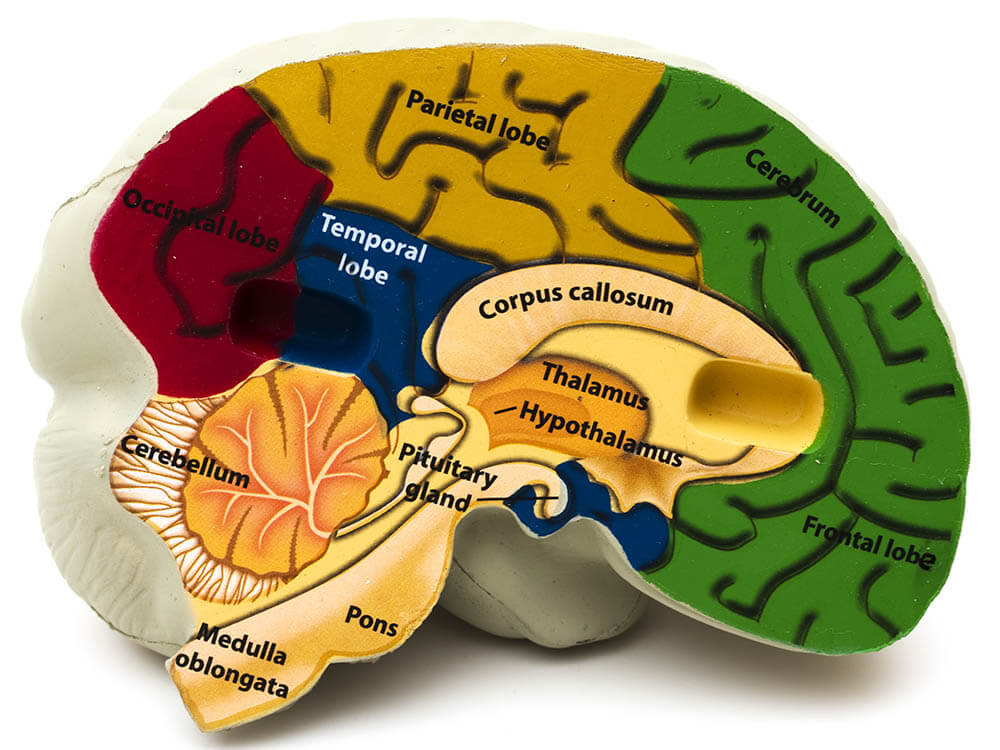Pituitary Conditions

Understanding Pituitary Disease

The pituitary gland, often referred to as the “master gland,” is a small, pea-sized gland located at the base of the brain, just behind the bridge of the nose. Despite its small size, it plays a crucial role in regulating various bodily functions by producing and releasing hormones that control other glands in the endocrine system, such as the thyroid, adrenal glands, and reproductive organs.
Functions of the Pituitary Gland
The pituitary gland is divided into two main parts: the anterior lobe and the posterior lobe, each responsible for producing different hormones:
- Anterior Lobe: Produces hormones such as growth hormone (GH), prolactin, adrenocorticotropic hormone (ACTH), thyroid-stimulating hormone (TSH), and gonadotropins (LH and FSH).
- Posterior Lobe: Releases hormones like antidiuretic hormone (ADH) and oxytocin.
Types of Pituitary Disorders
Pituitary disorders occur when the gland produces too much or too little of a particular hormone, often due to tumours or other underlying conditions. Common pituitary disorders include:
- Prolactinoma: A benign tumour that produces excessive prolactin, affecting reproductive functions. Loss of periods is a common first sign.
- Acromegaly: Caused by excess growth hormone, leading to enlarged bones and tissues.
- Cushing’s Syndrome: Results from overproduction of ACTH, causing high cortisol levels.
- Arginine vasopressin deficiency (AVP-D) (previously called diabetes Insipidus): Due to insufficient production of ADH, commonly after a head injury, leading to excessive urination and thirst.
- Hypopituitarism: A condition where the pituitary gland fails to produce one or more of its hormones adequately.

Causes of Pituitary Disorders
Most pituitary disorders are caused by pituitary tumors, which are usually benign (noncancerous). These tumors can affect hormone production and cause symptoms by pressing on surrounding tissues, such as the optic nerves, leading to vision problems.
Symptoms of Pituitary Disorders
Symptoms vary depending on the specific disorder and the hormones affected but may include:
- Headaches
- Vision changes (e.g., blurred or double vision)
- Unexplained weight gain or loss
- Fatigue and weakness
- Mood changes, including depression or irritability
- Hormonal disorders affecting growth, reproduction, and metabolism
- Absent periods and symptoms of testosterone deficiency in males
Risk Factors for Pituitary Disease
Several factors can increase the risk of developing pituitary disease:
- Genetic Syndromes: Conditions like Multiple Endocrine Neoplasia (MEN1 and MEN4), McCune-Albright syndrome, and Carney complex can increase the risk.
- Family History: A family history of pituitary tumours or related genetic syndromes.
- Age and Gender: Certain pituitary disorders are more common in older adults and can vary by gender.
Diagnostic Methods for Pituitary Disease
Diagnosis typically involves a combination of tests:
- Hormone Tests: Blood, urine, and saliva tests to measure hormone levels.
- Imaging Tests: MRI or CT scans to detect tumours or abnormalities in the pituitary gland.
- Visual Field Tests: To check for vision problems caused by pituitary tumours.
Steps to Take if You Suspect Pituitary Disease
If you suspect you have pituitary disease, consult a healthcare provider immediately. Early diagnosis and treatment are crucial for managing the condition and preventing complications. Your doctor will guide you through the necessary tests and treatment options.
Management of Pituitary Disease
Treatment for pituitary disease will depend on the tumour type and size. Some tumours can be treated with medications, some require surgery and small non-hormone producing tumours often only require surveillance imaging to ensure tumour has not increased in size.